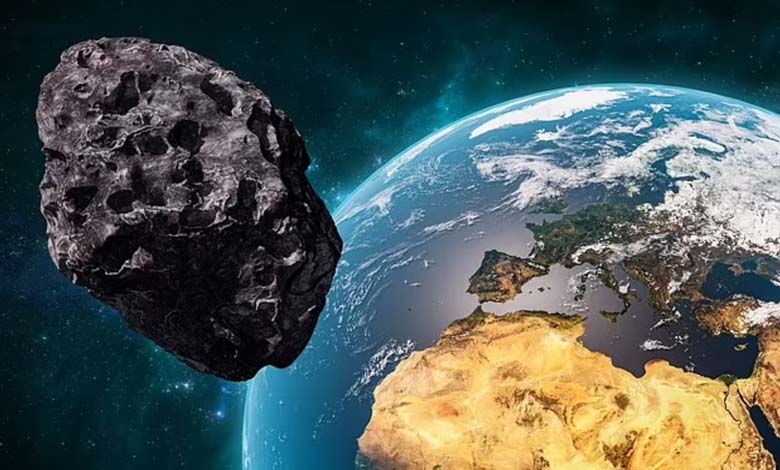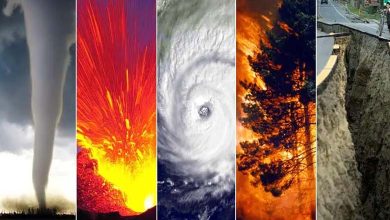At Its Closest Distance… What Would Happen if Bennu Collided with Earth?

A new study, based on a computer simulation of an asteroid impact involving a 500-meter-wide asteroid like Bennu, has revealed the potential consequences of such a collision with our planet.
The rocky body Bennu is classified as a near-Earth asteroid and is currently at its closest distance to our planet, a position it reaches every six years, at approximately 299,000 kilometers away.
It may come even closer in the future, with scientists estimating a 1 in 2700 chance of it colliding with Earth in September 2182, according to Reuters.
-
Earth Prepares to Receive First Sample from Asteroid “Bennu”
-
“Bennu” threatens the Earth with the force of 22 atomic bombs… Can NASA stop it?
Beyond the immediate destruction, the study estimated that such an impact could release between 100 and 400 million tons of dust into the atmosphere, leading to disruptions in climate, atmospheric chemistry, and plant photosynthesis worldwide for a period of three to four years.
Lan Dai, a researcher at the IBS Center for Climate Physics at Pusan National University in South Korea and one of the lead authors of the study published this week in Science Advances, stated that “the sun-blocking effect of the dust could trigger a sudden ‘global winter,’ reducing sunlight and cooling temperatures.”
-
Huge asteroid ‘may pose a threat’ approaching earth
-
‘A Rogue Star’ might save earth from a catastrophic fate
In the worst-case scenario, researchers found that Earth’s average surface temperature could drop by approximately four degrees Celsius, average rainfall could decline by 15%, plant photosynthesis could decrease by 20-30%, and the ozone layer, which protects the planet from harmful ultraviolet radiation, could be reduced by about 32%.
The researchers explained that an impact from an asteroid the size of Bennu could generate a massive shockwave, earthquakes, wildfires, and thermal radiation, while leaving a vast crater and ejecting enormous amounts of debris into the atmosphere.
-
Professor sends his DNA to the moon for future space civilization cloning
-
A terrifying image from space… giant hand resembling a ghost
Lan Dai and another lead author of the study, Axel Timmermann, a climate physics specialist and director of the IBS Center for Climate Physics, noted that large amounts of aerosols and gases would reach the upper atmosphere, leading to long-lasting effects on climate and ecosystems.
They added that unfavorable climate conditions could prevent plant growth both on land and in the oceans.
An impact from an asteroid of this size could cause massive human casualties, but estimating the death toll was beyond the scope of the study. Lan Dai emphasized that “the number of potential fatalities would primarily depend on the location of the asteroid’s impact.”
-
New secret about the “most violent event in earth’s history
-
Discovery of the source of a giant earthquake that hit Mars… The reason is shocking
Scientists know a great deal about Bennu, which is a loose collection of rocky materials rather than a solid body. It is a rocky remnant of a larger celestial object that formed in the early days of the solar system, around 4.5 billion years ago.
In 2020, NASA‘s OSIRIS-REx spacecraft collected rock and dust samples from Bennu for analysis.
Axel Timmermann pointed out that “the probability of an asteroid the size of Bennu colliding with Earth is extremely low, only 0.037%.”
However, he warned that “despite this low probability, the potential impact would be devastating and could lead to a long-term, massive food security crisis on our planet.”












